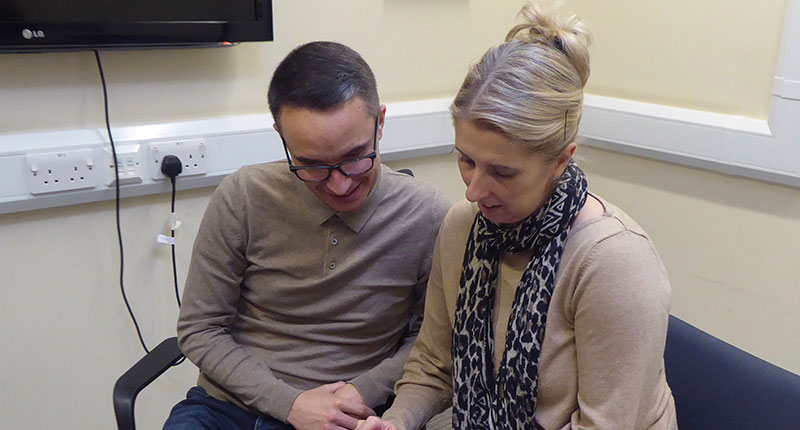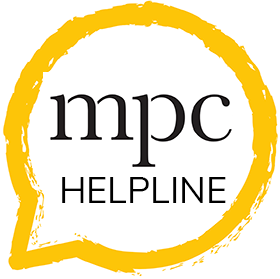Resources for parents
How to help your child managing their feelings
Favourite books

What's Going On Inside My Head?
Starting conversations with your child about positive mental health.
Written by Sally Potter and illustrated by Sarah Jennings, this introduces strategies for developing emotional intelligence, understanding uncomfortable thoughts and emotions, and nurturing well-being and self-esteem.
How To Talk So Little Kids Will Listen
A Survival Guide to Life With Children Aged 2-7
This book on parenting by Joanna Faber and Julie King is recommended to all families of young children coming to the MPC for therapy. It has an easy-to-read style and gives practical advice about a range of areas of parenting young children, including supporting children with their emotions and using praise.


When the Stammer Came to Stay
This is a story by Maggie O’Farrell that celebrates differences and explores the resilience of children as they learn to navigate new and seemingly frightful challenges.
Based on Maggie’s own personal experience living with a stammer, When the Stammer Came to Stay is a moving and empowering reminder of how acceptance – from your family, community and importantly, yourself – can make all the difference.
We invited children and young people who stammer who come to the Michael Palin Centre to read Maggie’s book and to ask her questions about the book.
You can read the questions and Maggie’s answers here:
When the Stammer Came to Stay is published by Walker Books on 21 November.

Sometimes you just need someone to talk to


Sometimes you just need someone to talk to
Our Helpline, 020 3316 8100, is open during office hours (9am-5pm) and voicemail messages can be left when the office is closed.
“Essential for all speech and language therapists with a stammering caseload to go on this. It’s re-booted how I work” (July 2019).
Become a Friend
Receive emails with news and information about the Centre's work, events, and fundraising.
Sign up